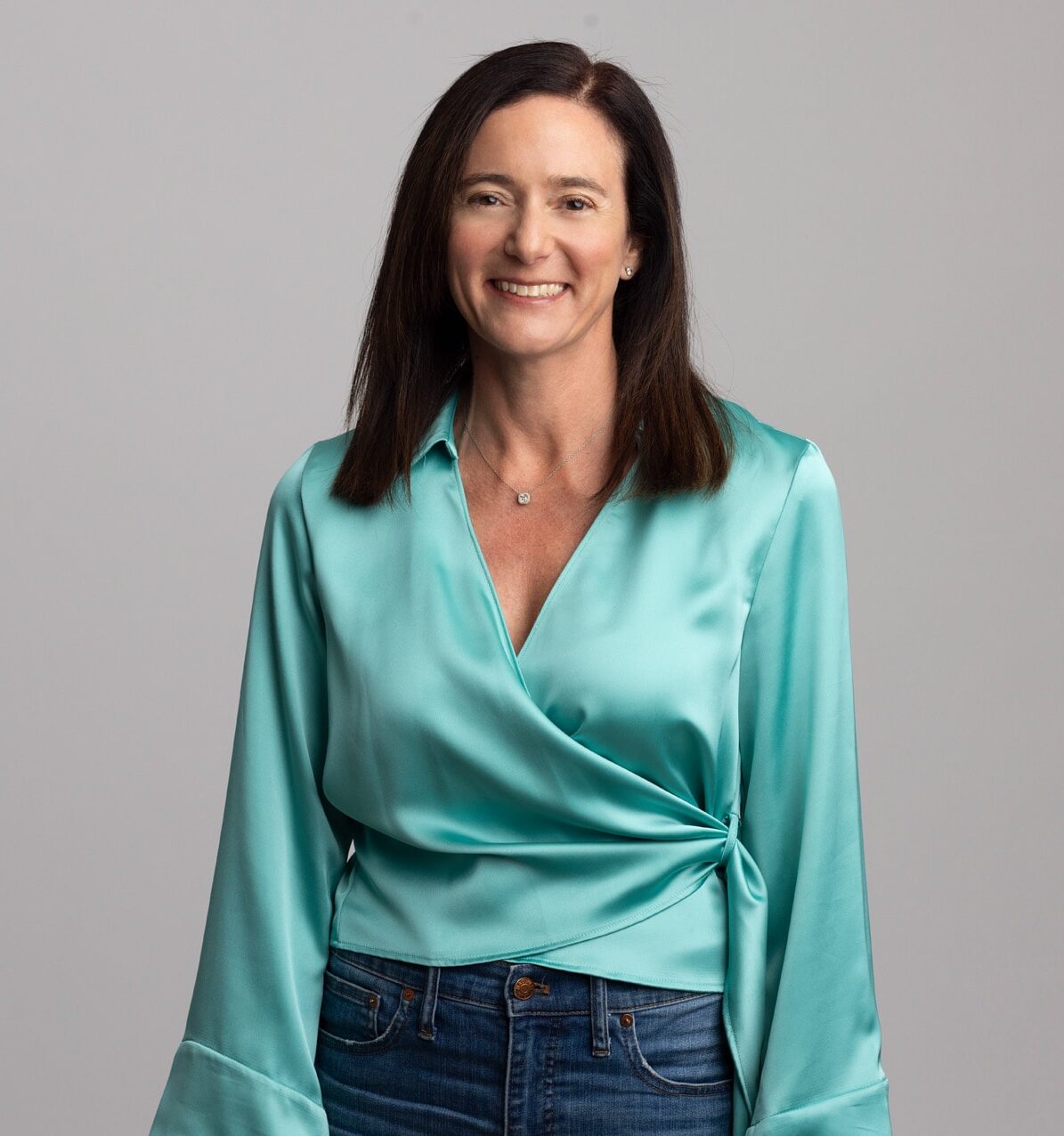Established retailers spent the last decade investing in their online presence. More recently, retail brands hatched online have started to open brick-and-mortar stores.
The reason: Retailers and brands of all kinds want to strengthen their relationships with their customers. And no matter how great a website they have, they can’t connect emotionally with people the same way online as they can in their own stores.
Research shows that while consumers are more likely to explore a brand’s products online, as well as do research for what they need, offline channels still matter more for discovery and increasingly for entertainment.
Some 61% of shoppers surveyed by Forrester Research said they still value interacting with store associates and asking them for advice—one of many ways that stores become outlets for online loyalists to have a deeper level of engagement with a company, its products, employees, and fellow shoppers.
Within two years of opening its first brick-and-mortar store in New York City, Warby Parker’s eight storefronts were profitably selling an average of $3,000 per square foot annually. Kendra Scott Design found success with its omnichannel approach which also includes wholesale sales to aid in brand discovery.
The cost to acquire new customers online increased by almost 50 percent according to a recent Forrester survey of Internet retailers. As the costs to acquire customers online continues to climb for many, brands are thinking about offline retail as a customer acquisition opportunity, as well. A retail store can behave like a large billboard. For those customers acquired via wholesale or direct retail channels, once the emotional connection is made, often future purchasing can happen online.
Casper, the online mattress seller, has carefully built its brand as a different, more thoughtfully designed mattress and reinvented the whole mattress-buying experience—delivering mattresses to customers’ doorsteps for a 100-day trial with free returns. However, they recently tested pop-up stores in Venice, California and New York to begin attracting offline customers with an in-person mattress test.
Popup stores now account for $10 billion in sales a year, according to Popup Republic, an industry website.
Kendra Scott Design often will do a pop up event in advance of opening a new retail location to help spur awareness locally of the brand. Recently, Kendra Scott Design did a jewelry tour in an airstream trailer from Southern California to Northern California.
So as we continue further into 2016, here are a few things this means for online and offline brands and retailers:
50/50 is the new 80/20 – As the benefits of this omnichannel approach become more obvious, we expect e-commerce and fashion startups to consider it from day one, both selling direct to consumers online upon inception and opening stores as soon as they have enough capital to afford them. Moving forward, newly created retailers and brands—regardless of where they started (online or offline)—may look more like 50/50 split models with half their sales from online and half from brick-and-mortar stores.
We saw this first with home goods retailers who had catalog roots. Both William Sonoma and Restoration Hardware are operating with something close to a 50/50 sales split, with benefits around inventory levels as well. New brands are following suit.
More retail companies will create titles like head of omnichannel – Just recently, footwear designer and distributor Deckers Brands hired former Nike executive Stefano Caroti as its “Omnichannel President.”
Running an e-commerce site isn’t so much about managing technology these days as it is marketing, brand building, and acquiring customers. It makes sense that one person should be in charge of making sure the customer experience is seamless across channels and the brand is consistently represented.
Retailers will double down on selling an experience – At fashion jewelry company Kendra Scott Design, where I’m a board member, the company recently launchedits updated “Color Bar” where shoppers can design a piece of jewelry and wear it home. The experience of the Color Bar often leads to jewelry making parties and events at Kendra Scott retail locations where customers spread the word and bring their friends.
Men’s clothing retailer Bonobos has “guideshops” throughout the United States where men can book an appointment to have a stylist take their measurements and curate new looks or outfits for them. This model is gaining traction among other online retailers like ModCloth.
Retailers need to think beyond the products on the shelves and remember that a store is a place to make customers feel something, a place to create some sort of emotional experience. If successful, it can reduce the cost of customer acquisition as consumers share their experiences with their friends.
In short, 2016 will be a year where customers can expect more consistent brand messaging online and off as retailers make more of an effort to provide them with personalized, immersive experiences. And with online and offline continuing to converge, the retailers might actually catch up with the consumers.


